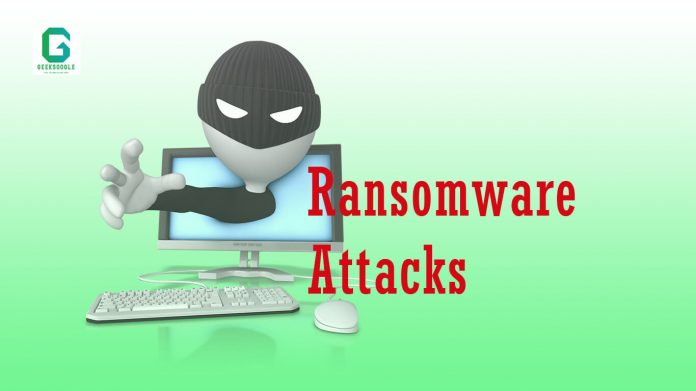A ransomware attack is a kind of malware that encrypts a victim’s files. The attacker then asks for a ransom (money) from the quarry to recover access to the information upon fee.
Users are shown directions for how to pay a charge to get the decryption key. The costs can vary from a few hundred dollars (100$) to thousands (1000$), payable to cybercriminals in Bitcoin.
How ransomware attack works
There are several vectors ransomware can take to locate a computer. One of the most common delivery methods is phishing spam. Attachments that come to the targeted person in an email, masking as a file they should trust.
Once they’re download and opened, they can take over the victim’s computer. Especially if they have built-in social engineering tools that trick users into providing central access. Some other, more competitive forms of ransomware, like NotPetya, exploit security breaches to spoil computers without requiring to trick users (ransomware attack).
*Important: Windows Safe Mode and when to use it
There are several items the malware might do once it’s taken over the user’s computer. But by far the most common action is to encrypt some or all of the user’s files. If you want the technological specifications, the Infosec Institute has a great in-depth look at how various characteristics of ransomware encrypt files (ransomware attack).
But the most essential thing to know is that at the point of the process. The files cannot be recovered or decrypted without a substantiated or mathematical key (ransomware attack). Which known only by the attacker. The user is performe with a message explaining that their files are now unavailable. The user will only be decrypte if the victim sends an untraceable Bitcoin payment to the attacker.
But
In some classes of malware, the attacker might pretend to be a law implementation agency shutting down the victim’s computer. Because of the appearance of pornography or pirated software on it. And then asking the payment of a “fine,” conceivably to make victims less likely to report the attack to officials.
But most attacks don’t bother with this claim. There is also a difference, call leakware or doxware is hybrid ransomware. In which the attacker approaches to publicize raw data on the victim’s hard drive unless a price is paid. But because finding and obtaining such data is a very tricky statement for attackers, encryption ransomware is by far the most regular type (ransomware attack).
Read More:
Ransomware! Stay safe from it
Data Breach! How to protect yourself from the data breach
What is a Virtual Private Network or VPN? How does it work?
10+ Common Types Of Computer Virus in Cyber World
5 Cyber Security Tips to Keep Your online data safe















